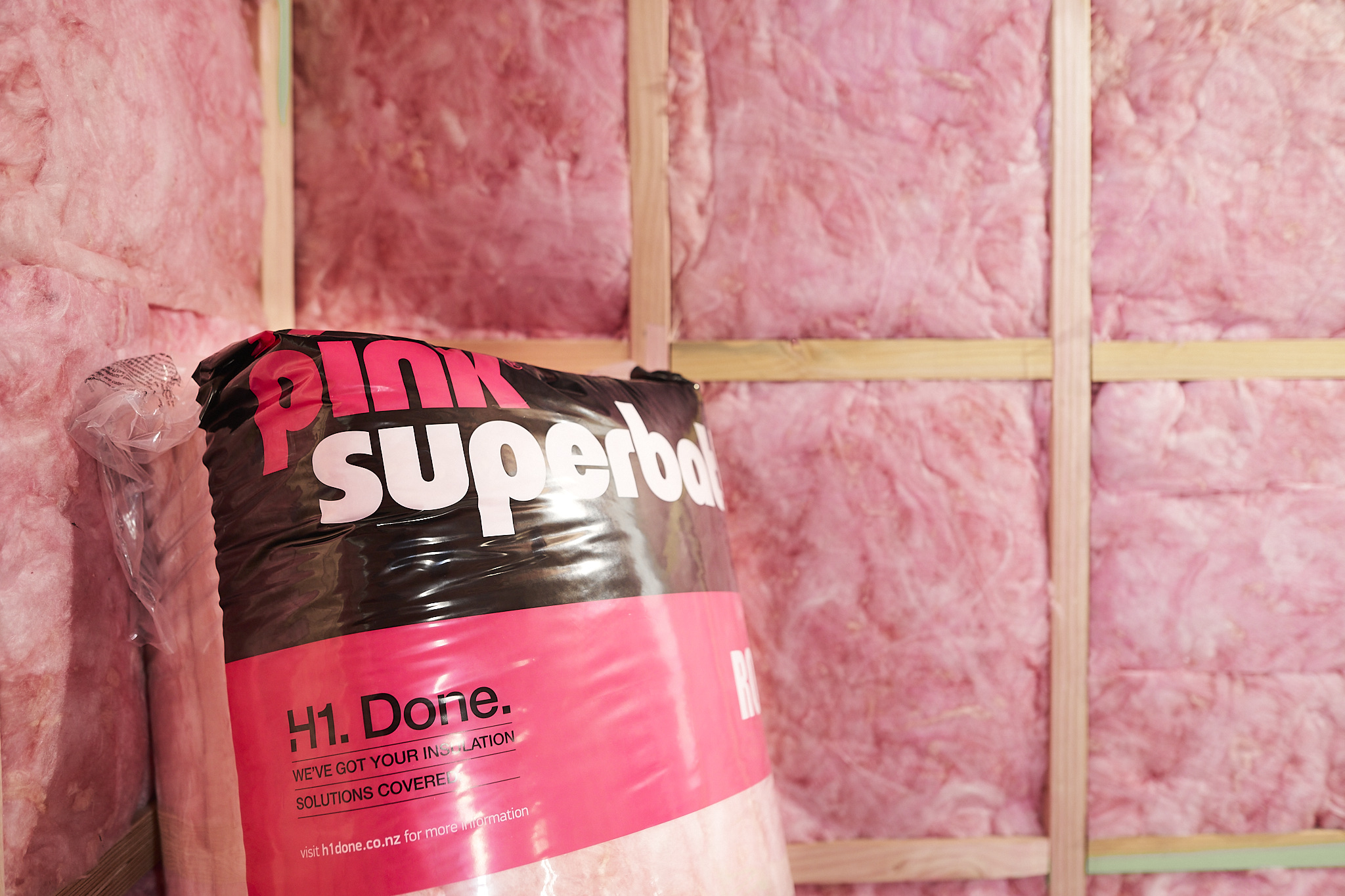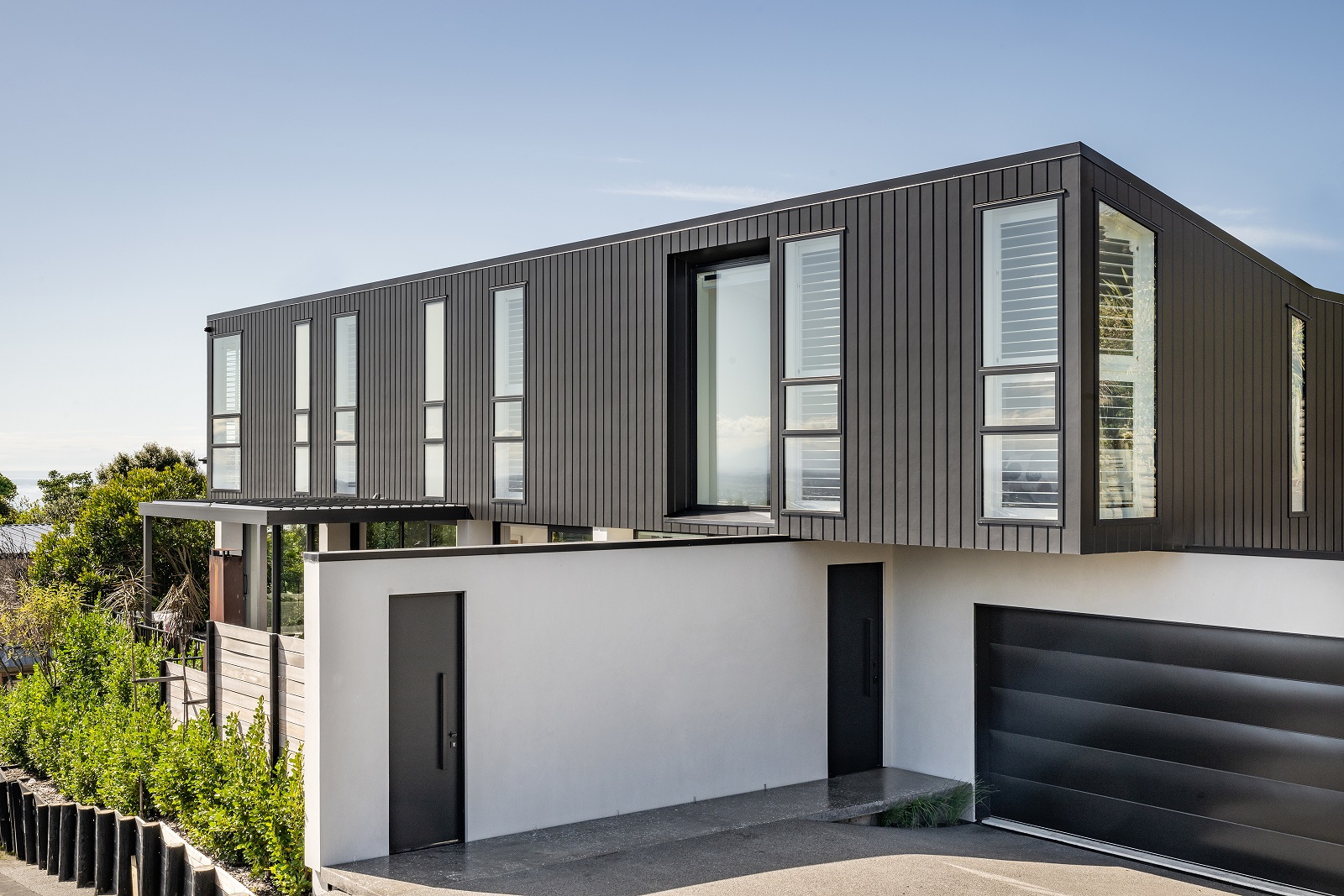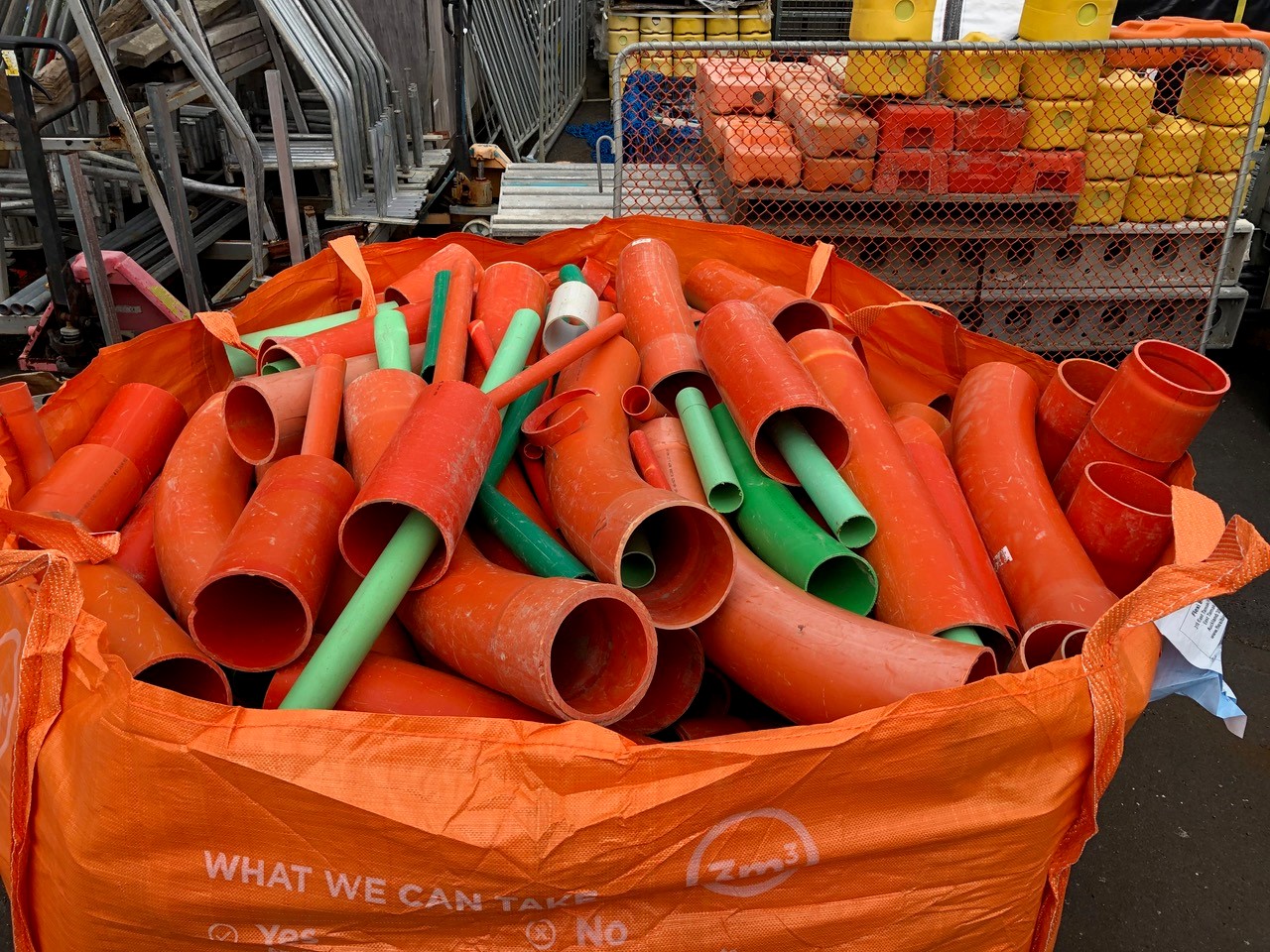‘Disruption’ is a word we’re all becoming familiar with – it usually means that a big start-up targets an inefficient market sector, and then using technology to connect with the consumer, finds ways to cut overheads, reduce labour costs and take over. Think Uber for taxis, AirBnb for accommodation and Amazon for shopping…
With the triple threat of rising costs, labour shortages and demands to reduce waste, the construction industry, not just in New Zealand, but globally, is crying out for increased efficiency. And in the disruptive world of the 21st Century, where there is inefficiency, plus demand, there is a huge business opportunity.
So is the construction sector about to get its Uber moment?
Perhaps an ominous sign is Amazon’s recent investment in Plant Prefab, a Southern California company that says it uses sustainable construction processes and materials to build prefabricated custom single and multifamily houses.
Plant Prefab is aiming to use automation to build homes faster, reducing construction time by 50 percent and cost by 10-25 percent, plus more effective smart home technology and integration. Few doubt that they’ll be able to deliver on this promise.
Contrast this with the state of the home building sector in New Zealand where Branz reports that the building sector is dominated by small operators. More than 90% of builders have fewer than five employees, and of those, 63% are one-man operators who build one house a year.
To make it even worse, in New Zealand, customisation is the norm. In contrast to Perth, where a reported 60% of all new homes are erected by three large companies building standard off-the-shelf designs, most new homes in New Zealand are unique. And with this uniqueness comes the potential for a thousand variables to change the price, slow the build and increase the waste – contributing to the reported 10% price difference between New Zealand and Australia for your average home.
And despite a current shortfall of potentially 100,000 homes in New Zealand, infrastructure is proving stubbornly slow to grow. Government reports a 30,000 worker employment gap, but the industry itself seems reluctant to train its own workers, preferring to import skilled labour. A recent Government employment initiative is touted to train around 4,000 new construction workers in the next few years, barely a drop in the bucket.
So, it doesn’t take a rocket scientist to work out that the industry is ripe for change and that prefabrication and systemisation of the building process is going to be key.
Recently the Design Experience Series featured speaker Timothy Swanson, chief design officer of Skender, said of prefabrication; “It’s not just a solution, it’s the future.”
Skender, a Chicago based firm intent on revolutionizing how the industry builds by unifying construction, design and advanced manufacturing to create a more efficient, streamlined process, is creating what he describes as ‘the first bespoke factory to build complete buildings.’
His message to New Zealand was to embrace design-led, factory-built homes and apartments.
“If we look at any building site, we see timber framing being hand nailed by a tool that was invented 30,000 years ago,” Swanson said.
“If you look at the huge leaps in efficiency of other industries, such as car manufacturing, the construction has barely progressed.
“Automobiles over the past 20 years have become 98 per cent more efficient, whereas if you look at design and construction it’s something like a 1 per cent increase in productivity.
“Homes need to be like cars, constantly improving, with the latest technology as standard,” Swanson said. (see Timothy Swanson’s interview with NZ Herald Focus here)
Skender is currently pioneering prefabrication processes, not on a house-by-house scale, but on multi-storey apartment blocks, where savings in both waste and time can be profound.
He wanted people to rethink the term ‘prefab’ – instead “think about it as a Lego brick on steroids.”
“While you are pouring that foundation, you can have the first 10 storeys of the building, built, and waiting shrink-wrapped in a factory,” he said.
If you can’t imagine that scenario, just wait! Prefabricated modules for a 110-unit, 80,000-square-foot, six-story building being developed in Chicago’s West Loop neighbourhood will roll off the assembly line as early as November 2018. Assembly is expected to start by February 2019, with installation expected to take approximately eight weeks. A total project timeline of approximately seven months is claimed to be about 30 to 40 percent faster than traditional building process.
And the icing on the cake is that total project development costs are expected to be reduced by 10 to 20 percent.

Closer to home, Craig Wilson Associate Director of TOA Architects is also bullish about the potential for prefabrication in New Zealand
In the words of Craig Wilson, “it’s the only way forward”. But he says there’s still a list of practical issues to be resolved.
“Prefabrication is more than standard building being done in a shed, it requires some kind of innovation. Build the same old way in a shed, you take the weather out as a factor, but you’re potentially adding huge transport costs,” he says.
“The way we approach it is not to build the entire unit, rather we prepare cross laminated timber panels, closed panels and components that can be assembled on site in standardised configurations.”
This approach sees much quicker production of buildings as well as significant reduction in labour and waste.
“A challenge is that people try to take the easy way and pick one product to solve every problem. But usually one product doesn’t do all jobs well. From design sense, our job is making sure we select the right systems and that all products go together as a unit,” he said.
TOA is currently working towards the Government’s ‘KiwiBuild’ programme with Mike Greer Architectural , XLam and other Partners to set this initiative in motion.
TOA Architects vision is to deliver 1,000 affordable modular houses by the end of 2020, which are architecturally designed, made from sustainable NZ materials, feature many green design initiatives and achieve a Home Star 8 equivalent rating.
“At TOA we have the benchmark that our Modular homes need to be designs with Wairua (soul/heart) – designs that represent Aotearoa, sustainable , quality buildings that are warm , safe and cost effective,” he said.
Wilson says one of the key challenges is the consumer perception of prefabricated home quality in New Zealand.
“In Germany, prefab building is considered mid to high quality, just below bespoke, whereas in New Zealand it is generally considered as low quality.”
But standardising house production has huge benefits, it allows continuous improvement but still has room for personalisation.
“It’s like the way some brands of kitchen appliances offer a standard model, but you can change the add-ons and get the Italian tile version – there’s no reason why you can’t do that in a building,” he said.
He says that modularity for the home isn’t limited to the house structure, with plug and play services such as electronics and plumbing on the way to reduce pressure caused by the shortage of tradespeople in those areas.

The looming challenge of the Smart Home is going to be an issue for many builders, with home owners needing to choose between Alexa, Siri or Google for their technology infrastructure right up front.
Last month, Microsoft announced its first major investment in an architecture firm, WZMH demonstrating a deeper ambition to embed IoT into the built environment.
Working with the Insider Labs as advisory consultants, a 12-person ISP project team has begun refining a prototype of a modular, a super-smart floor made of tablets with sensors able to live-track various elements of interior environments, such as humidity, temperature, smell, light, sound, and more. It would then feed that information into an office or home’s ecosystem of smart appliances.
Again proving that competition in the construction section may well come from surprising places.
So coming back to Amazon’s investment in house building – is it all about reducing costs? Look a little further into the press release and the key objective becomes clear. Not only with these new homes arrive quicker and cheaper, they’ll come with Amazon’s ALEXA voice controlled smart-home technology built-in – most likely feeding information back to Amazon that will improve future homes and help them sell you more products and services in the process.
The lesson here is that disruption is coming for the building and construction sector and not from the usual places. As builders struggle with the usual stuff – labour, finance and employment issues – and the weather, they’re increasingly needing to plan for the sudden emergence of new players in the market, many of whom will likely have no prior history in the sector.
PrefabNZ chief executive Pamela Bell said in the NBR recently that when it comes to KiwiBuild, it appeared that three large ‘disrupters’ would do most of the heavy lifting.
“There are several large companies that are not currently producing but are planning to manufacture complete buildings. This could have a big effect on the industry and change the construction dynamic in New Zealand,” she said.
With a push towards prefabrication and modular building methods, in most cases driven by much larger and more powerful businesses, the traditional builder might well find himself too slow, too expensive and unable to adapt to the technology requirements of the next generation Smart Home.
But thankfully, in the mid-term, there are still as many as 100,000 houses to be built to meet the market, so there’s still work to be done and time to consider the future.




